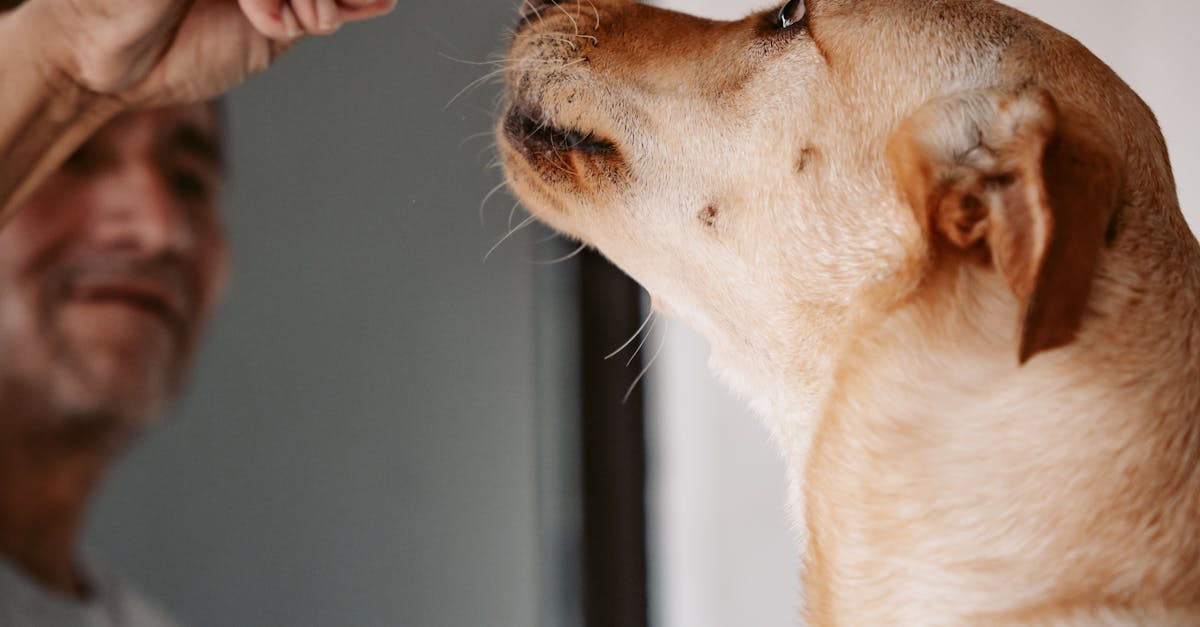
How To Deal With A Pet's Separation Anxiety
- October 03, 2024
- 3 min Read
- Views 265
How to Deal with a Pet's Separation Anxiety
Understanding how to deal with a pet's separation anxiety can be crucial for maintaining your pet's emotional well-being and preventing destructive behaviors. Separation anxiety is a common issue faced by many pet owners, often leading to stress and unhappiness for both the pet and the owner.
Recognizing the Signs of Separation Anxiety
Before addressing how to deal with a pet's separation anxiety, it's important to recognize the signs. Common symptoms include destructive behavior, excessive barking or howling, urination or defecation in the house, and distress when you're preparing to leave. Noticing these signs early can help in effectively managing and reducing anxiety.
Understanding the Causes of Separation Anxiety
Several factors contribute to a pet's separation anxiety, including changes in routine, living situation, or the sudden absence of a family member or pet. Dogs and cats with a history of abandonment or rehoming are also more prone to developing separation anxiety. Understanding these causes can guide your approach in reducing anxiety and improving your pet's welfare.
Effective Strategies to Alleviate Separation Anxiety
Once you've identified the signs and potential causes, it's time to explore strategies on how to deal with a pet's separation anxiety. Possible solutions include providing mental stimulation, creating a predictable routine, and gradually increasing the duration of time spent away from your pet. Using positive reinforcement techniques can also help your pet associate your absence with something pleasant.
Guide Steps
- Create a Safe Environment: Make a comfortable and safe space where your pet can stay while you're away. Include their favorite toys and a cozy bed to help calm their nerves.
- Desensitize Departure Cues: Practice leaving the house or performing departure-related activities without actually leaving. This helps dissociate these cues from an actual departure, reducing anticipatory anxiety.
- Gradual Departure Training: Start by leaving for short periods and incrementally increase the time away while ensuring your pet is calm and comfortable each time.
- Utilize Interactive Toys and Puzzles: Provide toys or food-dispensing puzzles to keep your pet engaged while you're gone, distracting them from their anxiety.
- Exercise Before Departure: Engage your pet in physical exercise before you leave to help expend their energy, leading to a more restful state during your absence.
- Consider Professional Help: If your pet's anxiety doesn't improve, consider consulting a veterinarian or a professional animal behaviorist for additional guidance and support.
FAQ
What are the signs of a pet's separation anxiety?
Signs include destructive behavior, vocalization, house soiling, and distress when owner prepares to leave. Recognizing these signs is essential to managing the anxiety effectively.
Can separation anxiety be cured?
While there isn't a one-size-fits-all cure, many pets see significant improvement through structured management strategies, consistent routines, and in some cases, professional intervention.
Are some pets more prone to separation anxiety than others?
Certain breeds and pets with a history of abandonment or abrupt changes in their living situation are more susceptible to separation anxiety.
Is it okay to leave separation anxiety untreated?
Leaving it untreated can lead to worsening of symptoms, affecting your pet's quality of life and potentially leading to secondary health issues. Addressing and managing anxiety is crucial for their well-being.
Tags
Pet Care, Separation Anxiety, Animal Behavior, Pet Health, Dog Anxiety, Cat Anxiety, Pet Well-being
References
People Also View
-
1
How to host a plant-based dinner party without breaking the bank
October 02, 2024 -
2October 13, 2024
-
3October 03, 2024
-
4October 03, 2024
-
5October 02, 2024
Categories
- Near Me 2147 Posts
- How To 548 Posts
- Where To 257 Posts
- Why 90 Posts
- How Much 97 Posts
- Travel 202 Posts
- Food And Drink 815 Posts
- Shopping 797 Posts
- Lifestyle 1050 Posts
- Automotive 364 Posts
- Digital Income 70 Posts



![best dog parks in [your location]]( https://www.watansky.com/media/best-dog-parks-in-your-location.jpg)




